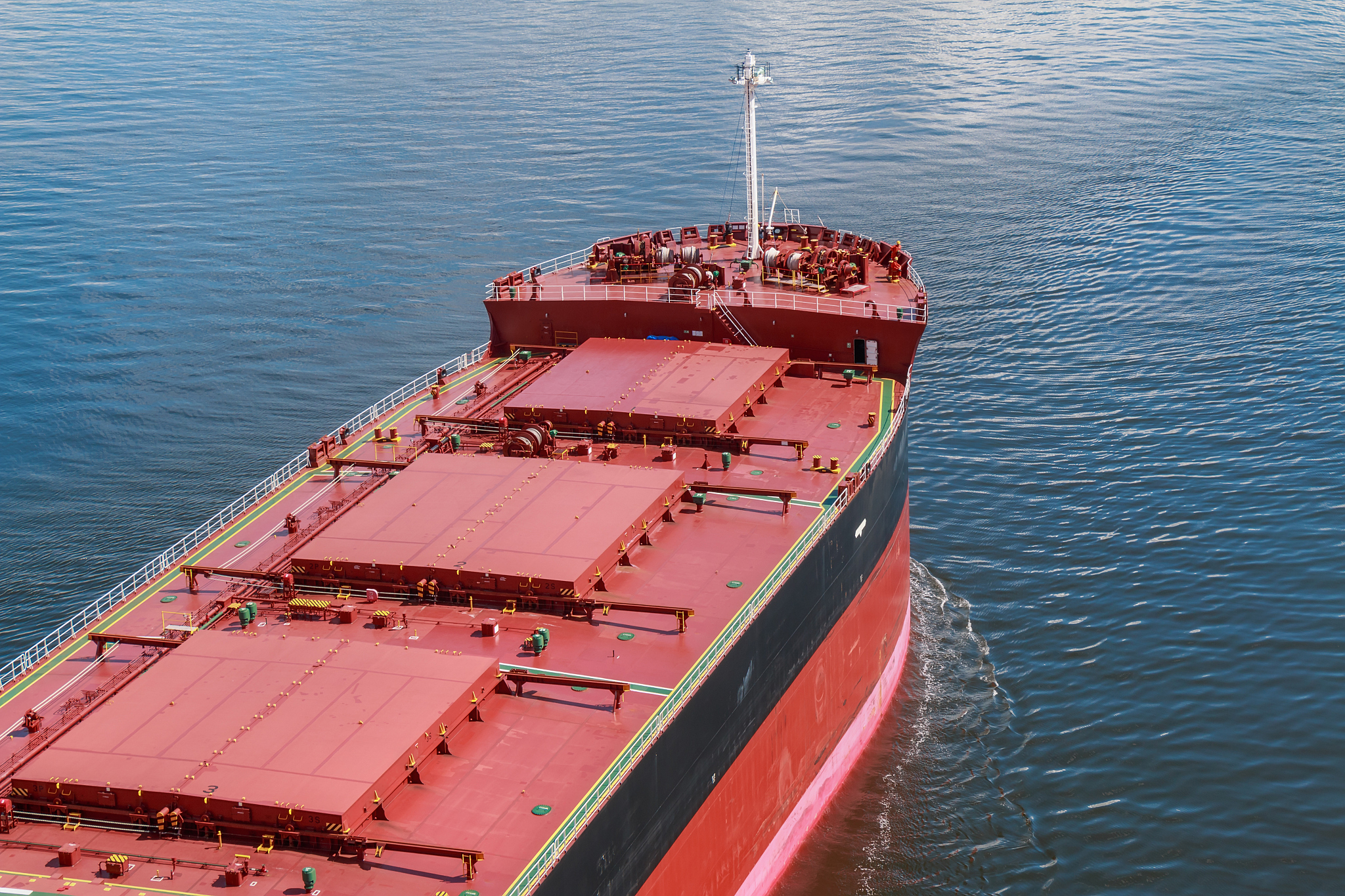Shipping dangerous goods to the Philippines requires strict compliance with regulations and careful handling to ensure safety. Whether you’re a seasoned shipper or new to freight operations, understanding how to handle dangerous goods for Philippines shipping is crucial to avoid legal issues and potential hazards. This guide will walk you through the essential steps to manage dangerous goods shipments effectively.
1. Familiarize Yourself with Regulations
Know Philippine and International Rules
Research both Philippine and international regulations governing dangerous goods shipping. The Philippines has specific laws enforced by authorities like the Bureau of Customs and the Maritime Industry Authority. Additionally, international standards, such as the International Maritime Dangerous Goods (IMDG) Code, play a significant role. Regularly check for updates to stay compliant.
Identify Goods Classification
Determine the correct classification of your dangerous goods according to international standards. Dangerous goods are categorized into classes, such as flammable solids, corrosive substances, and explosive materials. Each class has its own set of handling, packaging, and labeling requirements.
2. Prepare Proper Packaging
Select Appropriate Materials
Choose packaging materials that meet safety standards for your specific class of dangerous goods. For example, use sturdy, leak-proof containers for liquids and shock-resistant packaging for fragile items. Ensure that the packaging is in good condition and can withstand the rigors of transportation.
Secure and Seal Packages
Properly secure and seal all packages to prevent leaks, spills, or breakage. Use appropriate sealing materials and techniques, and reinforce the packaging if necessary. This step is vital to protect both the goods and those handling them during transit.
3. Apply Correct Labeling and Marking
Display Hazard Symbols
Clearly label your packages with the relevant hazard symbols as per the classification of your goods. These symbols quickly communicate the nature of the danger to handlers, carriers, and customs officials. Make sure the labels are durable and remain visible throughout the shipping process.
Include Necessary Information
In addition to hazard symbols, mark your packages with the product name, UN number, and handling instructions. This information helps in proper identification and safe handling of the dangerous goods.
4. Complete Documentation
Gather Required Papers
Collect all necessary documents for shipping dangerous goods, including a Dangerous Goods Declaration and a Shipper’s Declaration for Dangerous Goods. These documents detail the nature, quantity, and classification of the goods. Also, have a Material Safety Data Sheet (MSDS) ready, which provides essential safety information.
Ensure Accuracy and Completeness
Double-check all documentation to ensure it is accurate and complete. Incomplete or incorrect paperwork can lead to delays, fines, or even the rejection of your shipment. If needed, seek assistance from experienced freight forwarders, similar to those at China Top Freight, to ensure compliance.
5. Choose the Right Shipping Option
Evaluate Transport Modes
Consider the nature of your dangerous goods when selecting a shipping method. Sea freight is commonly used for large volumes, while air freight may be suitable for smaller, urgent shipments. However, air freight has stricter restrictions on certain types of dangerous goods.
Select a Qualified Carrier
Partner with a carrier that has expertise in handling dangerous goods. Ensure they are licensed and compliant with all relevant regulations. A reliable carrier will have the necessary equipment, training, and safety protocols to transport your goods safely to the Philippines.
6. Coordinate with Stakeholders
Communicate with Partners
Keep all parties involved in the shipping process informed, including suppliers, carriers, freight forwarders, and customs brokers. Clearly communicate the nature of the dangerous goods, handling procedures, and any special requirements. This collaboration helps ensure a smooth shipping process.
Provide Training if Needed
If your staff will be involved in handling the dangerous goods, provide them with proper training. They should be familiar with safety procedures, emergency response protocols, and the use of personal protective equipment.
In conclusion, learning how to handle dangerous goods for Philippines shipping involves a combination of regulatory compliance, proper packaging, accurate labeling, complete documentation, appropriate shipping choices, and effective coordination. By following these steps, you can ensure the safe and legal transportation of dangerous goods to the Philippines. Utilize China Top Freight to help solve the problems you are facing. Contact us today to embark on your smooth transportation journey!


